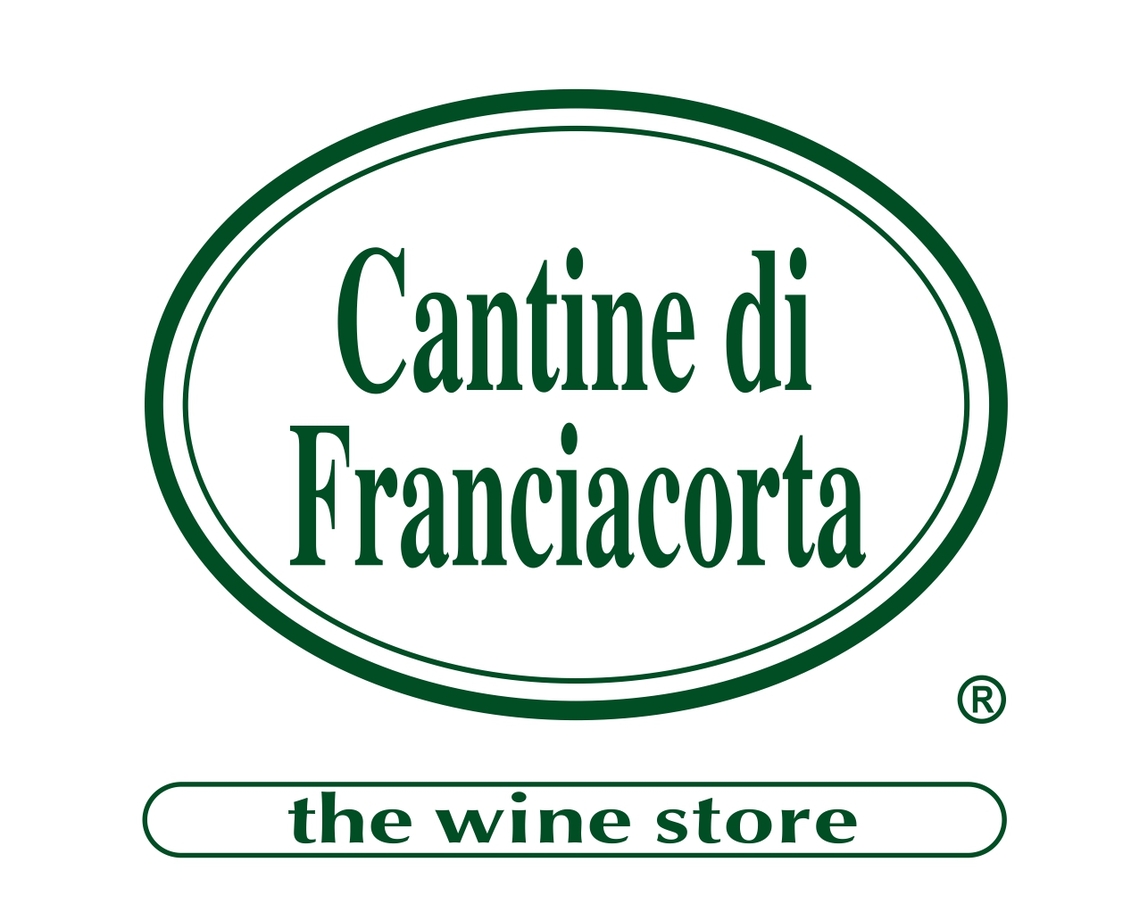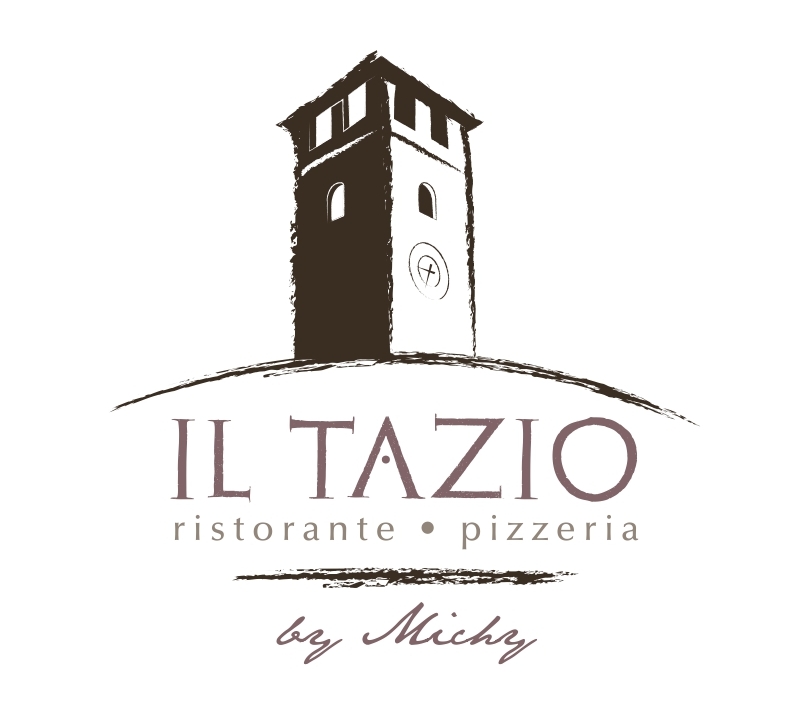Risorgimento Villas in Bossico
Walking in the centre and in the pine forests of Bossico, we can see a series of villas that bear the name of the Seven Hills of Rome. They were built in the second half of the 19th century by members of the entrepreneurial bourgeoisie of the area, who chose Bossico for their holidays thanks to the privileged position of the plateau and its mild climate.
The Gregorini and Zitti families, steel and iron industrialists involved in the events of the Italian Risorgimento, were the first to choose the names of the hills of Rome and the symbolic places of Garibaldi’s epic for their homes. The area was, consequently, called Sette Colli, literally Seven Hills.
The route can start from Villa Campidoglio, in the centre of the town, whose name refers to the hill which has always been the seat of the civil administration of Rome; the construction in the second half of the 19th century is due to the Zitti family of Lovere.
A little further on, on the slopes of Costa Gromo, at 935 m a.s.l., stands the Palatine Hill, built in 1929 by the Martinoli family, who also built the Gianicolo along Via Sette Colli, in honour of the Roman hill famous for the battles of the Risorgimento.
Villa Pincio, built by the Bazzini family of Lovere, is located in a panoramic position on the right at the entrance to via Capitanio, which leads to Ceratello, at about 859 m a.s.l. Nearby stands the Celio, a simple farmhouse, which in the past was the home of the peasant family who kept Villa Pincio.
The Esquiline, from the name of the highest and most extensive of the hills of Rome, was built in the second half of the 19th century by the Nichetti family from Lovere. Below it, on a small hill from which you can enjoy a wide view, Villa Quattro Venti recalls the battle of 3rd June 1849, in which Garibaldi’s supporters fought against the French in Rome over the possession of Villa Corsini, known as the “Casino di Quattro Venti”. The residence was built between the end of the 1800s and the beginning of the 1900s at the behest of the Michetti family, originally from Sovere.
More recent, the Viminale is a villa from the first half of the 1900s, located just before Villa Caprera. This, from the name of the Sardinian island that was Garibaldi’s home for over twenty years, was built around the last twenty years of the 19th century by Giovanni Battista Zitti as a country house. Originally it had a red facade with neo-Gothic decorations, with the busts of Mazzini and Garibaldi frescoed by the painter Faustinelli. Inside, the rooms were decorated with patriotic subjects and with episodes from the history of Rome.
Villa Glori, commissioned in 1881 by the Zitti family, also takes the name of the locality on the outskirts of Rome where, on 23rd October 1867, about seventy Garibaldi’s supporters commanded by Enrico Cairoli, marching towards Rome to support the insurrection, were killed or wounded by papal troops.
The Aventine by Andrea Ventura Gregorini (1912) was similar to a chalet and housed numerous works by well-known contemporary painters such as Cesare Tallone, Giovanni Trussardi Volpi, Giorgio Oprandi.
Facing the Aventine, the Vatican was originally a bird snare built by Andrea Giovanni Gregorini, industrialist and founder of the Lovere ironworks, which housed Monsignor Geremia Bonomelli for hunting trips. Later, the Gregorini family transformed it into a house, but kept its name.
Finally, the Quirinale, near the road that leads to Ceratello, was built in the second half of the 19th century for the Rosa family from Lovere.















